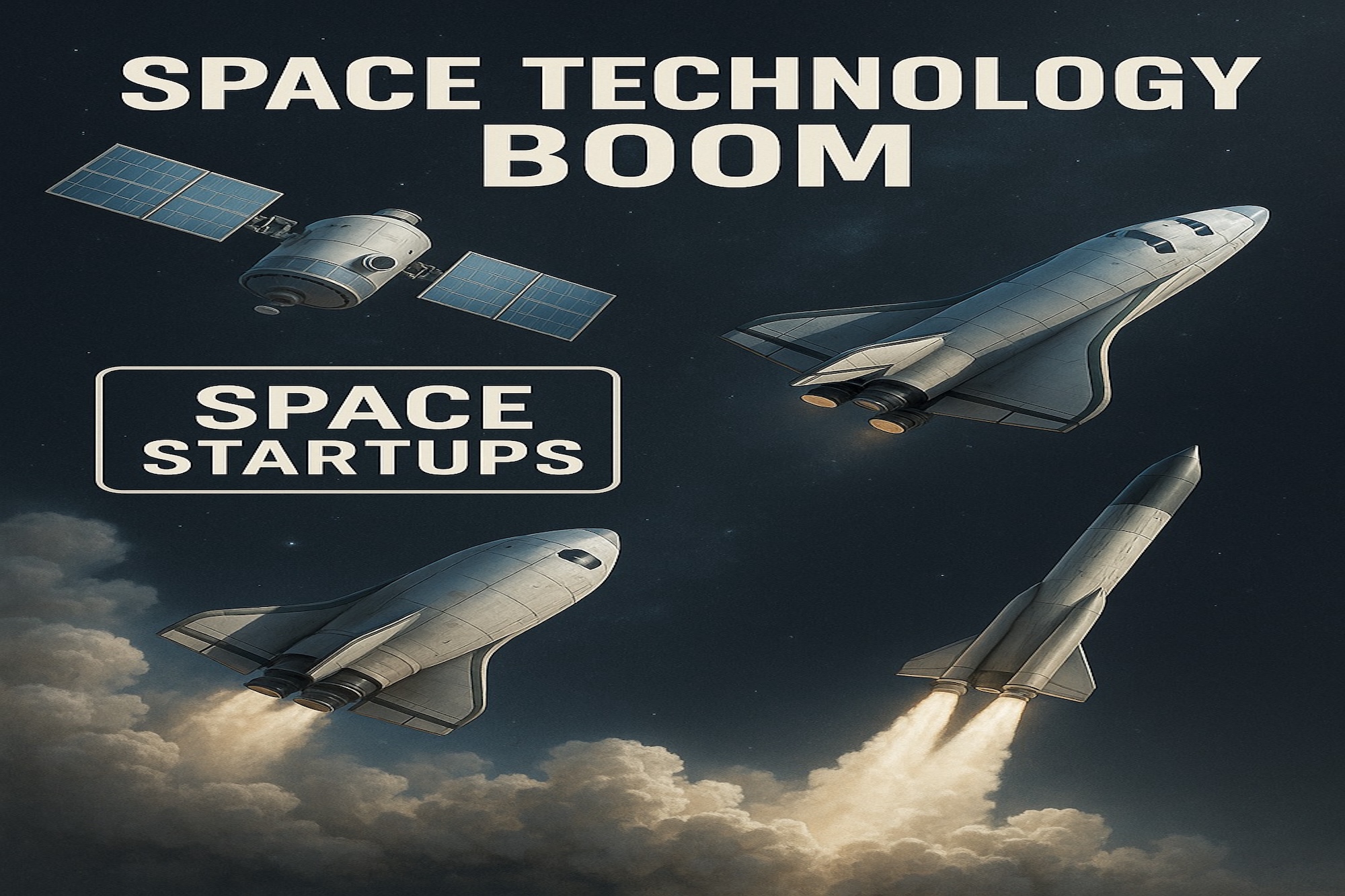
India’s SpaceTech Boom: A New Era of Innovation and Opportunity
Nikhil Singh, Senior Analyst - Investment and Research
India’s spacetech industry is undergoing a historic transformation, rapidly evolving from a government-dominated sector into a thriving ecosystem powered by private innovation, bold government reforms, and ambitious national projects. As the world’s space economy races toward a trillion-dollar future, India is poised to capture a significant share, with projections estimating its space economy will reach nearly $13 billion by 2025 and could soar to $44 billion by 2033.
The New Landscape: Private Sector and Policy Shifts
The Indian space sector’s growth story has been propelled by a series of strategic reforms. The government’s decision to open the sector to private players has been a game-changer, enabling startups and established firms to participate in satellite launches, develop propulsion systems, and offer space-based services for both domestic and international markets. The creation of the Indian National Space Promotion and Authorisation Centre (IN-SPACe) has provided a single-window framework for private sector collaboration with ISRO, streamlining approvals and fostering innovation.
Recent policy changes, including the liberalization of foreign direct investment (FDI) norms and the introduction of clear guidelines for space activity authorization, have further boosted investor confidence and paved the way for global partnerships2. These measures have not only encouraged private investment but also enabled Indian companies to access advanced technologies and international markets.
Startup Surge and Investment Boom
Since 2020, India has witnessed an unprecedented surge in spacetech startups, with over 100 active companies and private funding exceeding $415 million. Venture capitalists and private equity firms have recognized the sector’s potential, fueling a wave of innovation across the value chain. Indian startups are now developing cutting-edge solutions in areas like AI-driven satellite analytics, reusable launch systems, drone-borne radar, and laser-based communications.
Micro, small, and medium enterprises (MSMEs) also play a crucial role, supplying vital components and services to larger firms and helping build a robust supply chain. The ecosystem is further strengthened by contract manufacturers, component suppliers, and testing facilities, all contributing to the sector’s rapid expansion.
Market Dynamics: Upstream and Downstream Growth
India’s spacetech market is broadly divided into upstream and downstream segments. The upstream market, which includes satellite manufacturing, launch vehicles, and ground systems, is expected to grow from $4.7 billion in 2023 to over $25 billion by 2030. The downstream sector, focused on satellite data utilization—such as communication, navigation, and earth observation—is projected to expand from $10 billion to more than $52 billion in the same period.
Satellite launch services are the fastest-growing segment, expected to rise from $600 million in 2020 to $1 billion by 2025, at a compound annual growth rate (CAGR) of 13%. Satellite manufacturing is also booming, driven by the global demand for smaller, more efficient satellites, with revenues projected to reach $3.2 billion by 2025. The largest segment, satellite services and applications, is anticipated to account for $4.6 billion by 2025, serving industries such as media, entertainment, retail, enterprise, and defense.
Government Projects and Ambitious Missions
The Indian Space Research Organisation (ISRO) remains at the helm of the country’s most ambitious space missions. The Gaganyaan human spaceflight program, with a budget of $2.32 billion, is a landmark initiative aiming to send Indian astronauts into space and lay the groundwork for a national space station by 2035 and a lunar landing by 20401. Recent technological demonstrations, such as the Space Docking Experiment (SpaDeX), showcase India’s growing capabilities in in-orbit servicing and satellite docking, which are critical for future space station operations.
ISRO’s commercial arms, NewSpace India Limited (NSIL) and Antrix, are expanding India’s presence in the global satellite launch market, while technology transfer initiatives are empowering private firms to leverage ISRO’s expertise for commercial and research applications.
The Road Ahead
India’s spacetech revolution is just beginning. With a projected market size of $77 billion by 2030 and expectations of a 26% CAGR through the decade, the sector is set to become a cornerstone of the national economy, driving technological advancement, job creation, and global competitiveness. The synergy between government vision, private sector dynamism, and international collaboration is positioning India as a leading force in the new space age.
As the industry continues to mature, the focus will shift from technological achievement to broad-based collaboration, downstream applications, and the democratization of space access. With its unique blend of cost-effective innovation, skilled talent, and progressive policy support, India is on track to become a global spacetech powerhouse.
